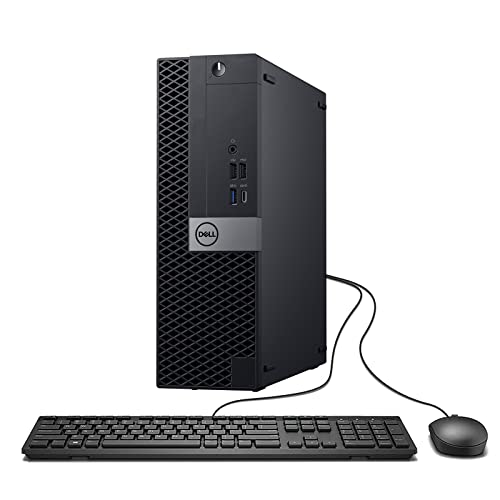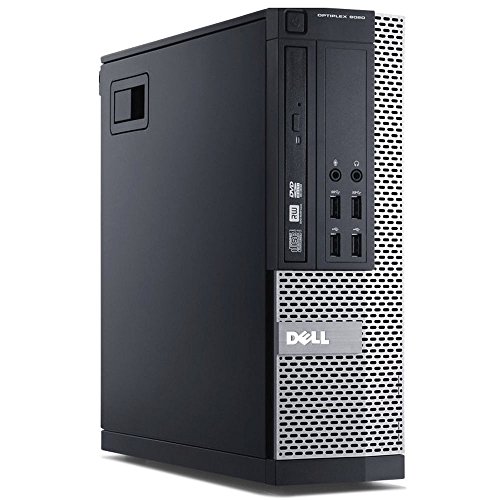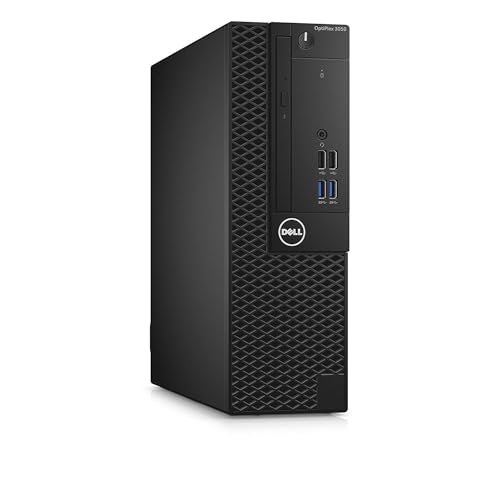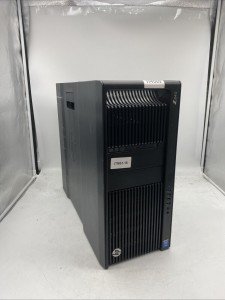Real‑time 3D rendering requires not only powerful hardware but also finely tuned software settings. Creative professionals can significantly accelerate rendering times and enhance visual quality by optimizing their software environments.
Streamline rendering workflows by adjusting settings in 3D design and animation software to maximize resource utilization. Utilize GPU‑accelerated rendering engines and update to the latest software versions to benefit from performance improvements and bug fixes. Configuring multi‑threading options and optimizing memory allocation can reduce processing times and boost system responsiveness.
Ensure that your graphics drivers are up to date and that your system leverages the full potential of both your multi‑core CPU and high‑performance GPU. Balancing the workload across available computing resources and performing regular benchmark tests helps fine‑tune rendering parameters. Automated scripts and macros can also streamline repetitive tasks during the rendering process.
Optimizing software settings for real‑time 3D rendering is crucial for creative professionals looking to achieve faster output and improved visual fidelity. By harmonizing hardware capabilities with tailored software configurations, you can create a seamless, productive rendering environment.
Mastering Real-Time 3D Rendering: The Ultimate Guide to Software Optimization
Introduction
Real-time 3D rendering has reshaped industries from gaming and film to architecture and virtual reality. Achieving smooth frame rates and high-quality visuals demands not just powerful hardware but meticulously tuned software environments. By focusing on rendering optimization, creative professionals can dramatically cut down render times, streamline their 3D workflow, and elevate visual fidelity—all without investing in a brand-new workstation.
Key Software Optimization Techniques
1. Leverage GPU-Accelerated Rendering Engines
- Choose a renderer that supports GPU-accelerated rendering. Engines like NVIDIA OptiX, AMD Radeon ProRender, and Chaos Vantage tap into GPU cores to drastically cut render times.
- Update to the latest version of your rendering engine. Developers continually add performance improvements and bug fixes to boost throughput on modern GPU architectures.
- Switch between GPU and hybrid modes to see which yields the best balance of speed and memory consumption on your specific card.
2. Fine-Tune Multi-Threading Options
- Enable multi-threading in your 3D software to distribute tasks across all CPU cores. This improves responsiveness during viewport navigation and accelerates background renders.
- Adjust thread affinity settings to pin specific processes—like light calculations or simulation caching—to dedicated cores, preventing resource contention.
- For scenes heavy on physics simulations, experiment with threading thresholds to avoid diminishing returns from too many concurrent threads.
3. Optimize Memory Allocation
- Allocate dedicated memory pools for textures, geometry, and simulation caches to prevent bottlenecks. Proper memory allocation reduces swapping and keeps your GPU running at peak efficiency.
- Enable out-of-core memory support for massive scenes. When textures or geometry exceed GPU RAM, out-of-core caching lets rays spill over to system RAM without crashing the renderer.
- Monitor memory usage in real time. Tools built into most 3D software suites show you which assets consume the most VRAM, helping you prune or compress them.
4. Streamline Asset and Shader Management
- Simplify shader graphs by collapsing complex node trees into optimized, precompiled materials. Fewer shader instructions translate to faster shader compilation and real-time playback.
- Use lower-resolution proxy assets for layout and animation passes. Swap in the final high-res geometry only during the last render to accelerate iterative workflow.
- Clean up unused textures, materials, and plugins. Every extraneous asset in your project can add overhead to scene loading and ray tracing.
Integrating Hardware and Software
1. Keep Graphic Driver Updates Current
- Regularly check for driver updates from NVIDIA or AMD. These updates often contain optimizations for the latest creative software and GPU-accelerated rendering engines.
- Use vendor-provided driver management tools to roll back to a previous version if a new update introduces instability. A stable driver environment is key to consistent real-time 3D rendering.
2. Balance CPU and GPU Workloads
- Assign geometry-heavy tasks (like mesh subdivision and physics simulations) to the CPU, while delegating lighting, shading, and ray tracing to the GPU.
- In multi-GPU setups, designate one GPU for display output and the others exclusively for rendering. This prevents viewport lag and ensures uninterrupted rendering acceleration.
- Run benchmark tests after major software updates or hardware upgrades. Comparing FPS and render times across tests helps you fine-tune system settings and driver configurations.
3. Automate Repetitive Processes
- Write custom scripts or macros to handle batch exports, scene cleaning, and asset linking. Automating mundane steps saves hours in a professional 3D workflow.
- Integrate command-line rendering calls into your CI/CD pipeline. Automated builds of your 3D scenes and animations allow overnight or cloud-based batch renders without manual intervention.
- Use scheduling tools to trigger benchmark tests and driver updates during off-hours. This ensures your system is always ready for the next creative session.
Benchmark Tests: Your North Star in Rendering Optimization
| Test Category | What It Measures | Implementation Tip |
|---|---|---|
| Viewport FPS | Real-time viewport responsiveness | Use built-in “Playback FPS” counters in your 3D software |
| GPU Render Time | Raw GPU-accelerated render durations | Render a standardized scene or Autodesk Vred Benchmark |
| CPU Multi-Threaded Render | Processor efficiency across cores | Leverage Cinebench or Blender’s CPU test scene |
| Memory Throughput | VRAM and system RAM utilization patterns | Track usage with GPU-Z or vendor-specific monitoring tools |
| File Load/Save Speed | Asset I/O performance | Test on NVMe vs. SATA SSD to gauge I/O bottlenecks |
Conclusion
Optimizing software settings for real-time 3D rendering is not a one-off task but a continuous journey. By exploiting GPU-accelerated rendering, fine-tuning multi-threading, and meticulously balancing memory allocation, you’ll carve hours out of your production schedule and amplify visual fidelity. Harmonizing hardware capabilities with best-in-class software configurations transforms your workstation into a creative powerhouse—ready to tackle the most demanding scenes and interactive experiences.
Additional Tips for Ongoing Optimization
- Regularly audit plugins and scripts to weed out outdated tools that can slow down your 3D workflow.
- Attend software vendor webinars and monitor release notes for hidden performance flags or new acceleration features.
- Experiment with cloud-based real-time rendering services to offload heavy scenes, giving your local workstation breathing room for interactive tasks.







